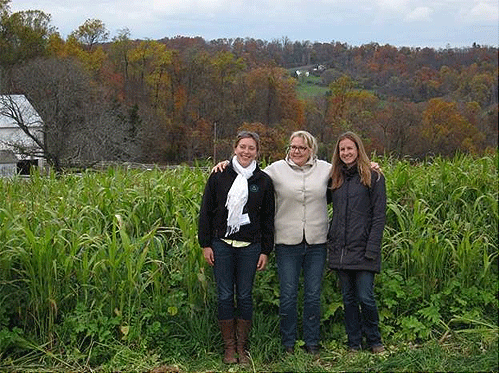Save the shellfish
by Jennie Saxe
On a recent visit to Washington D.C., I had the opportunity to try eating raw oysters for the first time. Though I found the first slurp slimy, the texture quickly gave way to amazing taste: some were briny, some were almost sweet. Needless to say, the oysters disappeared quickly. But my beloved shellfish are in peril, according to this recent study. The culprit? Ocean acidification.
What is ocean acidification? Here’s a quick science lesson: gases have the tendency to “dissolve” into liquids until they reach a stable state between the liquid and the atmosphere. Carbon dioxide, or CO2, released from power generation, transportation, industry, and other sources, behaves in just this way.
As CO2 levels in the atmosphere increase, a portion of the CO2 enters the oceans, where it creates carbonic acid, increasing acidity. Increased acidity (or, a drop in pH) makes it harder for shellfish to make their shells out of calcium carbonate. If the shellfish can’t thrive, that negatively affects the marine organisms and processes that depend on them, as well as an economy and a way of life that we recently featured in this blog.
We recently described how cleaner air can mean cleaner water. Ocean acidification is another example of how air quality and water quality are closely linked. By reducing CO2 levels in the atmosphere, we can reduce the impact of ocean acidification on oysters and other aquatic resources.
So take a look at what you can do to reduce greenhouse gas emissions – you’ll also help ensure a healthy marine ecosystem, a strong fishing economy, and delicious seafood dinners for generations to come.
About the author: Dr. Jennie Saxe joined EPA’s Mid-Atlantic Region in 2003 and works in the Water Protection Division on sustainability programs. She encourages everyone interested in seafood safety to check out the US Food and Drug Administration (FDA) fact sheet on selecting and serving seafood, as well as this advice from EPA and FDA on fish consumption and mercury.










